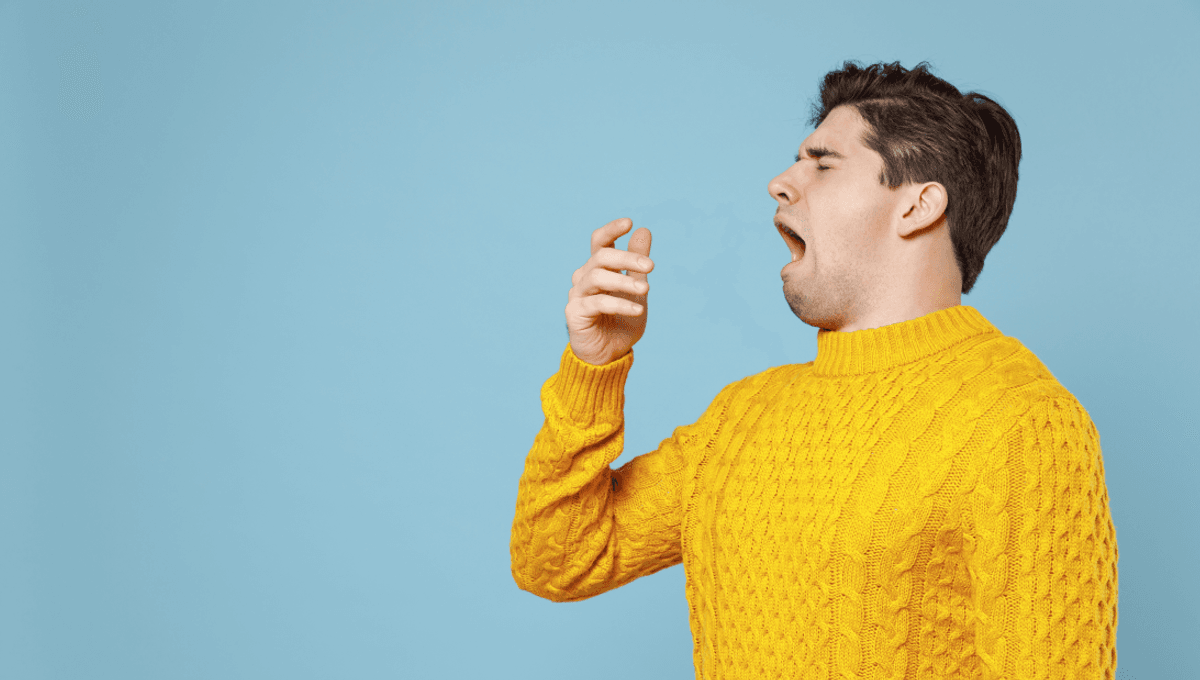Have you ever experienced the uncontrollable urge to sneeze when you step out of a dark cinema and into the blinding sunlight? Well, you might be suffering from the fascinatingly named Autosomal Dominant Compelling Helio-Opthalmic Outburst Syndrome, or as we prefer to call it, ACHOO Syndrome. This peculiar condition, also known as the photic sneeze reflex (PSR), causes sneezing in response to sudden exposure to bright light. But why does light make some people sneeze?
ACHOO Syndrome, which affects around one in four people, is believed to be genetic and linked to specific genes. When our noses are already tingling, looking at a bright light can actually provide relief by triggering a sneeze. Neurologist and human geneticist Louis Ptáček explains that while some people find it annoying, others actually enjoy the sensation as it helps them release a sneeze.
On the other hand, pure photic sneezing is a much rarer phenomenon. It occurs when a person uncontrollably sneezes in response to bright lights, even without any irritation in the nose. This can be dangerous, especially while driving, as it can lead to accidents. In fact, sneezing has been used as a defense in legal cases where drivers claimed they lost control due to involuntary sneezing, although its success rate varies.
The cause of ACHOO Syndrome may lie in an irregularity in the trigeminal nerve, which is responsible for sensation in the face and triggers sneezing in response to nasal irritation. It’s possible that some individuals with the right genotype have a cross-wiring issue in this nerve, leading to confused sneezing signals.
One proposed mechanism behind ACHOO Syndrome suggests that exposure to bright light causes the pupils to constrict, inadvertently stimulating other nerve pathways, including the one that triggers nasal mucus production. This can be perceived as an irritant, resulting in a sneeze.
So, if you’re struggling to sneeze, why not try staring at a bright light? There’s a one-in-four chance it might just do the trick!
Fact checkers have verified the information in this article at the time of publishing. Text, images, and links may be edited, removed, or added to in order to keep the information current.








